

Articles
How To Make Dishes In Microwave Oven
Modified: January 19, 2024
Learn how to make delicious dishes using a microwave oven with these helpful articles. Discover time-saving tips and tricks for cooking meals with ease.
(Many of the links in this article redirect to a specific reviewed product. Your purchase of these products through affiliate links helps to generate commission for Storables.com, at no extra cost. Learn more)
Introduction
Welcome to the world of convenience and efficiency—a world where cooking becomes a breeze with the help of a microwave oven. Gone are the days when you had to wait hours for your food to be ready. With a microwave oven, you can have delicious meals on your plate in a matter of minutes. Whether you’re a busy professional looking for quick and easy cooking solutions or a student living in a cramped dorm room, the microwave oven is your ultimate kitchen companion.
However, it’s not just about pressing a few buttons and hoping for the best. To make the most out of your microwave oven, it’s essential to understand the proper techniques and safety guidelines. In this article, we will guide you through the process of using a microwave oven effectively and efficiently.
Before we dive into the specifics, let’s address the most important aspect of using a microwave oven—safety. It’s crucial to follow proper safety guidelines to prevent accidents and ensure the longevity of your appliance.
Key Takeaways:
- Embrace the convenience and efficiency of microwave cooking by following safety guidelines, choosing the right cookware, and mastering cooking techniques for delicious meals in minutes.
- Ensure the longevity and optimal performance of your microwave oven by practicing regular cleaning and maintenance, and enjoy hassle-free cooking experiences with the right techniques and creativity.
Safety Guidelines
When it comes to using a microwave oven, safety should always be your top priority. Here are some important guidelines to keep in mind:
- Read the manual: Familiarize yourself with the user manual that comes with your microwave oven. It contains essential information about the appliance, including safety instructions specific to your model.
- Use microwave-safe cookware: Only use cookware that is labeled as microwave-safe. Avoid using metal dishes, as they can cause sparks and damage the oven. Opt for glass, ceramic, or microwave-safe plastic containers instead.
- Avoid overheating: Be cautious when heating liquids, as they can heat up rapidly and potentially cause burns. Stir the liquids or place a wooden stick in the container to prevent sudden explosions of hot liquid.
- Use mitts or oven gloves: Always use oven mitts or gloves when handling hot dishes or removing them from the microwave oven. The containers and food can become very hot during the cooking process.
- Allow for ventilation: Ensure that the vents of the microwave oven are not obstructed. This allows for proper air circulation and prevents overheating of the appliance.
- Check for leaks: Regularly inspect the door seal of your microwave oven for any signs of damage or wear. A faulty seal can lead to leakage of microwaves, which can be harmful to your health.
- Keep a safe distance: When the microwave oven is in use, maintain a safe distance to avoid any direct exposure to the microwaves. It’s also important to keep children and pets away from the oven while it’s operating.
- Avoid using plastic wrap or containers with tight lids: When reheating food in plastic containers, make sure to remove any plastic wrap or tightly sealed lids. Steam can build up inside, leading to potential explosions.
By adhering to these safety guidelines, you can enjoy the convenience of a microwave oven while minimizing the risk of accidents or injuries. With safety taken care of, let’s move on to the next step: choosing the right cookware for your microwave oven.
Choosing Microwave-Safe Cookware
The choice of cookware plays a crucial role in the success of your microwave cooking. Here are some tips to help you select the right microwave-safe cookware:
- Look for microwave-safe labels: When purchasing new cookware, check for labels or symbols indicating that they are microwave-safe. This ensures that the containers are designed to withstand the heat and microwaves emitted by the oven.
- Choose glass and ceramic: Glass and ceramic containers are excellent choices for microwave cooking. They are heat-resistant and distribute heat evenly, resulting in more consistent cooking. Additionally, these materials do not release harmful chemicals when heated.
- Opt for microwave-safe plastics: If you prefer using plastic containers, ensure that they are labeled as microwave-safe. Look for containers made of polypropylene (PP), high-density polyethylene (HDPE), or low-density polyethylene (LDPE).
- Avoid metal and foil containers: Metal and foil containers can cause sparks and damage to your microwave oven. They can also create hot spots and uneven heating. It is best to transfer food to microwave-safe dishes if you need to use metal or foil containers.
- Use microwave-safe covers: When covering your food during microwaving, choose microwave-safe covers or use microwave-safe plastic wrap or wax paper. These allow steam to escape and prevent splatters while keeping your food moist.
- Invest in microwave-safe utensils: Make sure to use utensils that are safe for use in the microwave. Avoid metal utensils, as they can cause arcing and damage the oven. Opt for heat-resistant plastic, silicone, or wooden utensils instead.
- Avoid heavily stained or damaged cookware: Over time, stains and damages can occur on your cookware, making them less microwave-safe. Cracks, chips, and discoloration can cause the containers to break or leach harmful chemicals into your food. Replace damaged or heavily stained cookware.
By choosing the right microwave-safe cookware, you can ensure safe and efficient cooking in your microwave oven. Now that you have the right tools, let’s move on to the next step: preparing your ingredients.
Preparing Ingredients
Properly preparing your ingredients is essential for successful microwave cooking. Here are some tips to help you prepare your ingredients for a delicious microwave meal:
- Cut food into uniform sizes: To ensure even cooking, cut your ingredients into uniform sizes. This allows them to cook at the same rate, preventing overcooked or undercooked portions.
- Poke holes in potatoes and other dense vegetables: When cooking potatoes or dense vegetables like squash or beets, it’s important to poke holes in them with a fork or knife. This allows steam to escape and prevents them from bursting during cooking.
- Add liquid to avoid dryness: Microwave cooking can sometimes result in dryness, especially for lean proteins such as chicken or fish. To prevent this, add a small amount of liquid, such as broth, water, or marinade, to keep the food moist.
- Season adequately: Don’t forget to season your ingredients before microwaving. Salt, pepper, herbs, and spices can greatly enhance the taste of your meals. Be sure to evenly distribute the seasonings for a well-flavored dish.
- Use microwave-safe covers or microwave-safe wraps: When cooking certain ingredients that tend to splatter, such as sauces or soups, cover the dish with a microwave-safe lid or use microwave-safe plastic wrap to prevent messy spills.
- Stir or flip halfway through: To ensure even cooking, stir or flip your food halfway through the cooking time. This helps distribute the heat and ensures that all sides of the dish are cooked uniformly.
- Arrange ingredients properly: Arrange the ingredients in a microwave-safe dish with enough space between them. This allows the microwaves to penetrate and cook the food more evenly.
By following these steps, you can ensure that your ingredients are prepared properly for microwave cooking. Now that you are ready with the prepped ingredients, let’s move on to the next step: setting the correct power and time.
Setting the Correct Power and Time
Setting the correct power and time is crucial for achieving perfectly cooked meals in the microwave. Here’s how to do it:
- Read the recipe or package instructions: Start by referring to the recipe or package instructions for recommended power and cooking time. This serves as a good starting point, especially if you’re new to cooking in the microwave.
- Adjust the power level: Many microwave ovens come with adjustable power settings. For dishes that require gentler cooking or to prevent overcooking, reduce the power level to 50-70%. This allows for more even and controlled cooking.
- Consider the wattage of your microwave: Microwaves come in different wattages, which can affect cooking times. If your microwave’s wattage is lower than the recipe’s instructions, you may need to increase the cooking time accordingly. Conversely, if your microwave has higher wattage, you may need to reduce the cooking time.
- Use the power of observation: Keep an eye on your food while it’s cooking in the microwave. Look for signs of doneness, such as steam, bubbling, or changes in color. This will help you determine if additional cooking time is needed.
- Start with shorter cooking times: When in doubt, it’s better to start with a shorter cooking time and gradually increase it if needed. This prevents overcooking and gives you more control over the final outcome of your dish.
- Consider the size and quantity of the ingredients: The cooking time may vary depending on the size and quantity of the ingredients. For example, if you’re cooking a larger piece of meat or a larger quantity of food, you may need to increase the cooking time.
- Let the food rest: Once the cooking time is up, let the food rest in the microwave for a few minutes. This allows for residual cooking and helps distribute the heat more evenly throughout the dish.
By setting the correct power and time, you can ensure that your food is cooked to perfection in the microwave. Now that you have the basics covered, let’s move on to the next step: adjusting for microwave wattage.
When making dishes in a microwave oven, always use microwave-safe containers and cover food to retain moisture. Rotate and stir food halfway through cooking for even heating.
Read more: Who Makes The Smallest Microwave Oven
Adjusting for Microwave Wattage
Understanding and adjusting for the wattage of your microwave oven is essential for precise and consistent cooking results. Here’s how to adjust for your microwave’s wattage:
- Check the microwave’s wattage: Locate the wattage information on your microwave oven. It is usually printed inside the microwave door, on the back, or in the user manual. The wattage is typically expressed in watts (W).
- Understand the cooking time difference: Higher wattage microwaves cook food faster than lower wattage microwaves. For example, if a recipe calls for 3 minutes in a 1000W microwave, you may need to increase the cooking time to 4 minutes in a 750W microwave.
- Calculate the adjustment: To adjust the cooking time, you can use the following rule of thumb: for every 100W decrease in wattage, increase the cooking time by 15-20%. For every 100W increase in wattage, decrease the cooking time by 15-20%. Adjusting the cooking time helps compensate for the varying power levels.
- Use trial and error: Adjusting for wattage may require some trial and error. Start with the recommended cooking time in the recipe and adjust accordingly. Monitor the food closely as it cooks and make note of any deviations needed for future reference.
- Document your adjustments: Keep a record of the adjustments you make for different recipes based on your microwave’s wattage. This will help you achieve consistent results in the future without the need for constant calculations.
- Consider using preset features: Some microwaves come with preset cooking functions based on wattage. These functions calculate the cooking time automatically based on the selected wattage, making it easier to achieve accurate results.
By adjusting for your microwave’s wattage, you can ensure that your food is cooked properly regardless of the oven’s power level. Now that you know how to adjust for wattage, let’s move on to exploring different cooking techniques for various dishes.
Cooking Techniques for Different Dishes
A microwave oven offers versatile cooking capabilities for a wide range of dishes. Here are some cooking techniques to help you achieve delicious results:
- Steaming: Microwave steaming is a quick and convenient way to cook vegetables, seafood, and even grains like rice or quinoa. Simply place the ingredients in a microwave-safe dish with a small amount of water, cover with a microwave-safe lid or plastic wrap, and cook until tender.
- Baking and Roasting: Yes, you can bake or roast in a microwave! Utilize a microwave-safe baking or roasting dish and preheat the oven if available. You can make cookies, bread, casseroles, and even roasted vegetables. Be mindful of adjusting the time and power settings to avoid overcooking or burning.
- Grilling and Broiling: With the help of a microwave-safe grill or broiler pan, you can achieve that crispy grilled or broiled texture on meats, poultry, or even vegetables. Set the microwave to the grill or broiler function and adjust the time accordingly.
- Defrosting: The microwave is a handy tool for defrosting frozen foods quickly. Use the defrost setting to thaw meat, poultry, or other frozen ingredients. Be cautious not to overcook during the defrosting process.
- Microwave-Specific Recipes: Explore recipes specifically designed for microwave cooking. From mug cakes and omelets to macaroni and cheese, there are numerous recipes available that cater to microwave cooking techniques. These recipes often provide specific instructions for power levels and cooking times.
Experiment with different cooking techniques in your microwave oven to create a variety of dishes. Remember to monitor the cooking progress closely and make adjustments as needed to achieve the desired results. Now that you have mastered cooking techniques, let’s move on to heating and reheating leftovers.
Heating and Reheating Leftovers
One of the greatest advantages of a microwave oven is its efficiency in heating and reheating leftovers. Here are some tips to ensure optimal results:
- Use microwave-safe containers: Transfer leftovers to microwave-safe containers or dishes before reheating. Glass, ceramic, or microwave-safe plastic containers are ideal for ensuring safe and even heating.
- Cover the dish: Covering the dish with a microwave-safe lid or microwave-safe plastic wrap helps retain moisture and prevents splatters.
- Stir and rotate: Stirring the food halfway through reheating helps distribute the heat evenly and prevents cold spots. If the reheating process takes more than a few minutes, consider rotating the dish to ensure uniform heating.
- Use lower power settings: For delicate or easily overheated leftovers, such as sauces or desserts, consider using lower power settings to avoid scorching or uneven heating. This allows for gentle reheating and minimizes the risk of overcooking.
- Add moisture if needed: If your leftovers appear dry, you can add a small amount of liquid, such as broth or water, to moisten the dish during reheating. This prevents the food from drying out and maintains its taste and texture.
- Follow food safety guidelines: When reheating leftovers, it’s essential to follow food safety guidelines. Ensure that the internal temperature of the food reaches a safe level to kill any bacteria. Stir the food well to distribute the heat and use a food thermometer to check the temperature.
- Reheat in small increments: To prevent overcooking, reheat leftovers in small increments of time, checking for doneness after each interval. This allows you to control the reheating process and avoid overheating the food.
By following these tips, you can enjoy piping hot and delicious leftovers in a matter of minutes. Now that you know how to handle leftovers, let’s move on to the important topic of cleaning and maintaining your microwave oven.
Cleaning and Maintenance
To keep your microwave oven in top condition and ensure safe and efficient operation, regular cleaning and maintenance are essential. Here are some tips to help you maintain your microwave:
- Wipe spills immediately: Accidents happen, and spills are inevitable in the microwave. To prevent stubborn stains and odors, wipe up any spills or splatters as soon as possible. Use a damp cloth or sponge with a mild detergent to clean the interior and exterior surfaces.
- Remove turntable and clean: The turntable in your microwave oven can accumulate food debris and residue. Remove the turntable and wash it with warm, soapy water. Dry it thoroughly before placing it back in the oven.
- Clean the door and seal: Pay attention to the microwave door and its seal. Wipe away any grease, fingerprints, or food particles from the door and seal using a damp cloth. Check for any signs of damage and replace the seal if necessary to maintain a good seal for proper operation.
- Deodorize with lemon or vinegar: If your microwave has lingering food odors, place a bowl of water with lemon slices or a mixture of water and vinegar inside the microwave. Heat it for a few minutes, allowing the steam to deodorize the interior. Wipe away any condensation and odor-causing particles.
- Avoid harsh cleaners and abrasive materials: When cleaning your microwave, avoid using harsh chemicals or abrasive materials that can damage the surfaces. Stick to mild soaps, baking soda, or vinegar-based cleaners for safe and effective cleaning.
- Check and clean vents: The vents in your microwave help to prevent overheating. Inspect them regularly to ensure they are free from obstructions and clean any accumulated grease or debris. This helps maintain proper air circulation and prevents the oven from overheating.
- Inspect and maintain the power cord: Periodically check the power cord for any signs of damage or fraying. If any issues are detected, have it repaired or replaced by a professional. Ensure the plug is secure in the outlet and avoid using extension cords.
- Follow maintenance instructions: Refer to your microwave oven’s user manual for specific maintenance instructions. This includes information on cleaning specific components, such as the waveguide cover or charcoal filter, and any recommended maintenance procedures.
By following these cleaning and maintenance tips, you can prolong the lifespan of your microwave oven and ensure safe and efficient cooking. Now that you have learned how to keep your microwave in excellent condition, let’s conclude our comprehensive guide.
Read more: How To Make Cookies In Microwave Oven Video
Conclusion
Congratulations! You are now equipped with the knowledge and skills to make the most out of your microwave oven. By following the safety guidelines, choosing microwave-safe cookware, preparing ingredients properly, setting the correct power and time, adjusting for microwave wattage, and utilizing various cooking techniques, you can create delicious meals with ease and efficiency. Additionally, mastering the art of heating and reheating leftovers, as well as practicing regular cleaning and maintenance, will ensure the longevity and optimal performance of your microwave oven.
Remember, safety should always be your priority when using any kitchen appliance. Familiarize yourself with the user manual of your specific microwave model and follow the manufacturer’s guidelines for safe operation. Using microwave-safe cookware, practicing proper food handling, and following food safety guidelines will help you enjoy your meals worry-free.
With the versatility and convenience of a microwave oven, you can whip up a variety of dishes—from steamed vegetables to baked goods—in a fraction of the time. Explore and experiment with different recipes and techniques, adjusting the power and time settings as needed. The microwave oven offers a world of culinary possibilities, making it an indispensable tool for busy individuals and anyone seeking convenient cooking solutions.
Finally, don’t forget to clean and maintain your microwave oven regularly to ensure its optimal performance. Follow the cleaning tips and instructions outlined in this guide to keep your appliance in top shape and to eliminate any lingering odors or stains.
So go ahead, embrace the convenience and efficiency of your microwave oven and enjoy hassle-free cooking experiences. With the right techniques and a touch of creativity, your microwave oven will become your go-to kitchen companion for quick, delicious meals.
Frequently Asked Questions about How To Make Dishes In Microwave Oven
Was this page helpful?
At Storables.com, we guarantee accurate and reliable information. Our content, validated by Expert Board Contributors, is crafted following stringent Editorial Policies. We're committed to providing you with well-researched, expert-backed insights for all your informational needs.
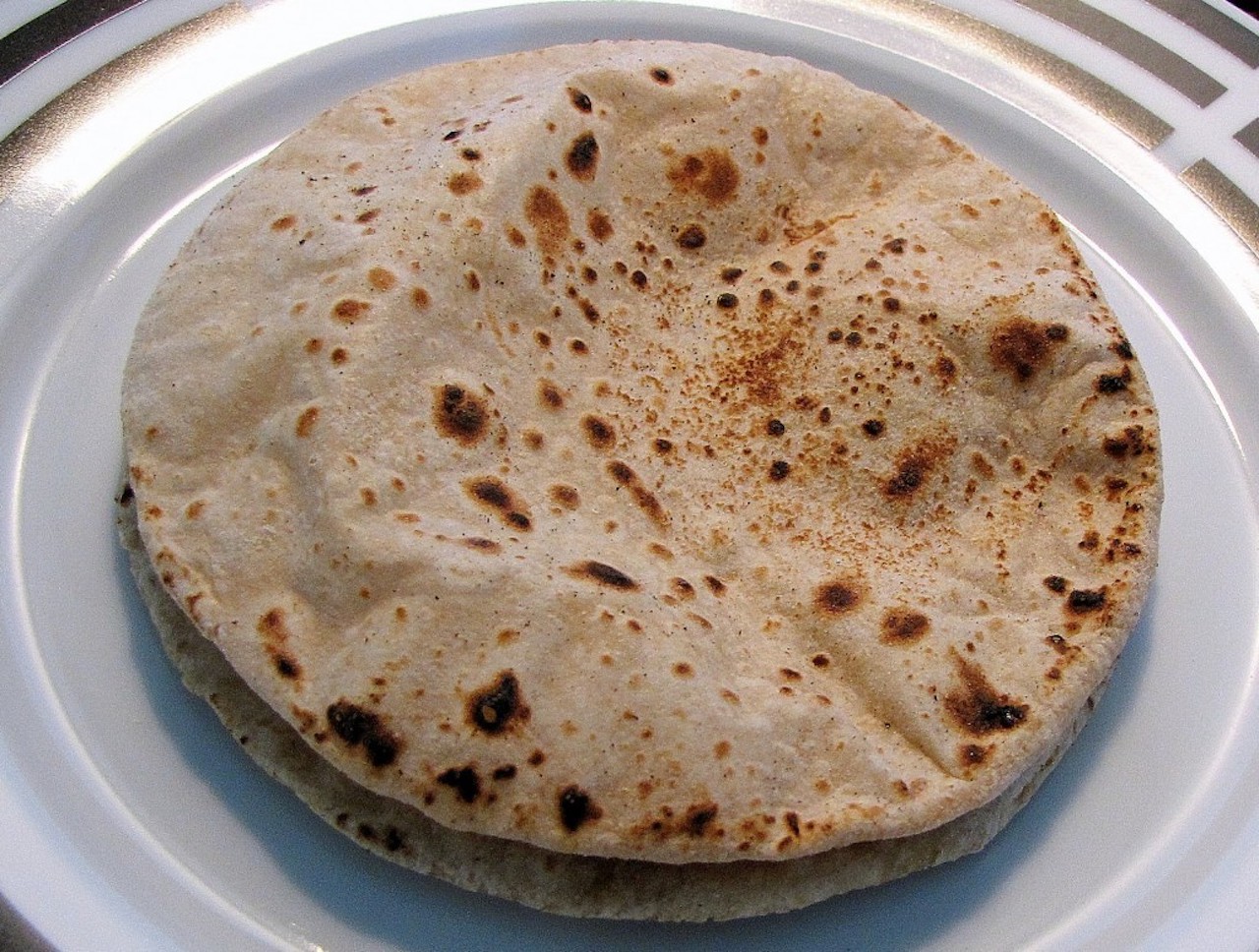
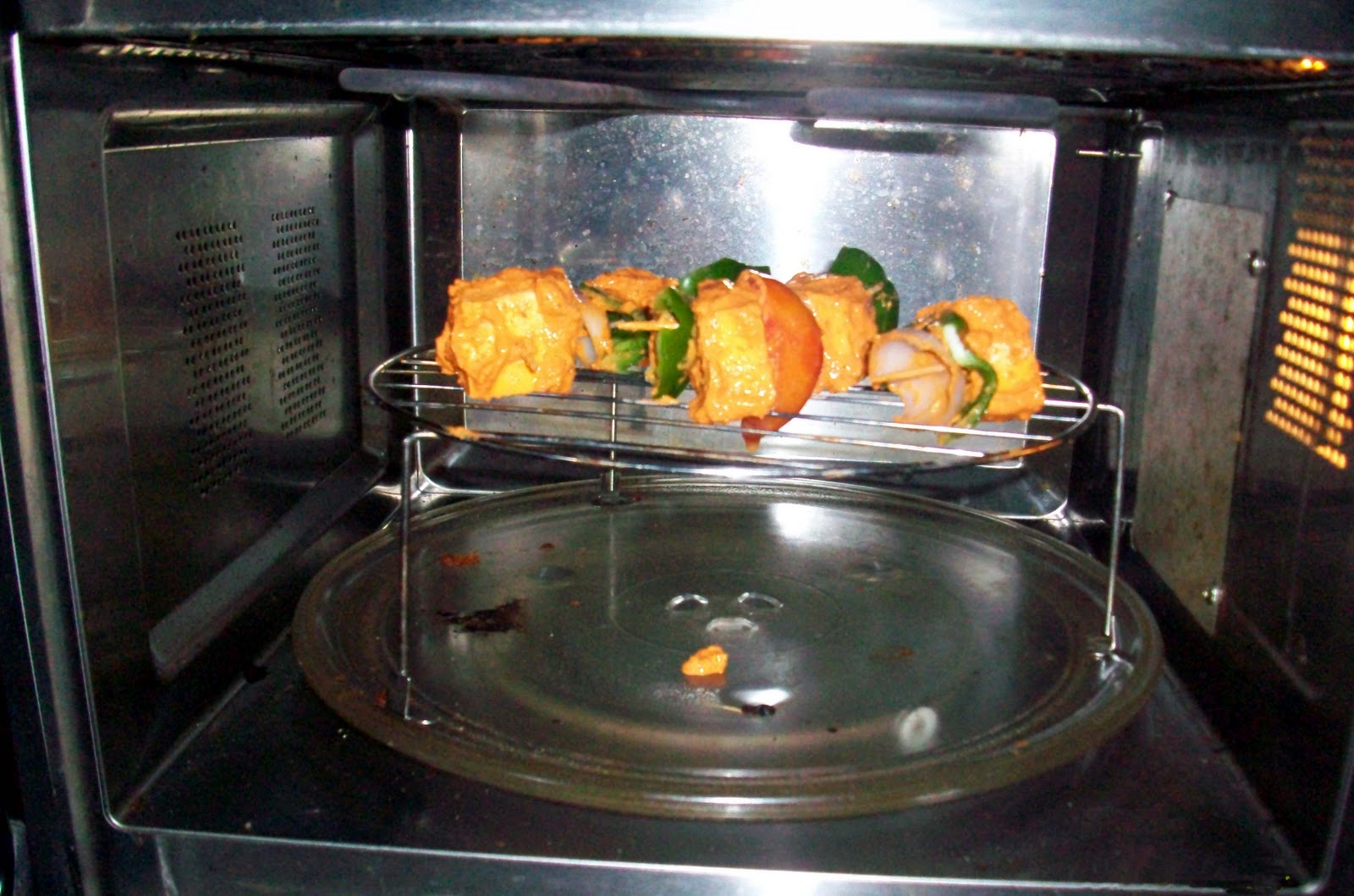

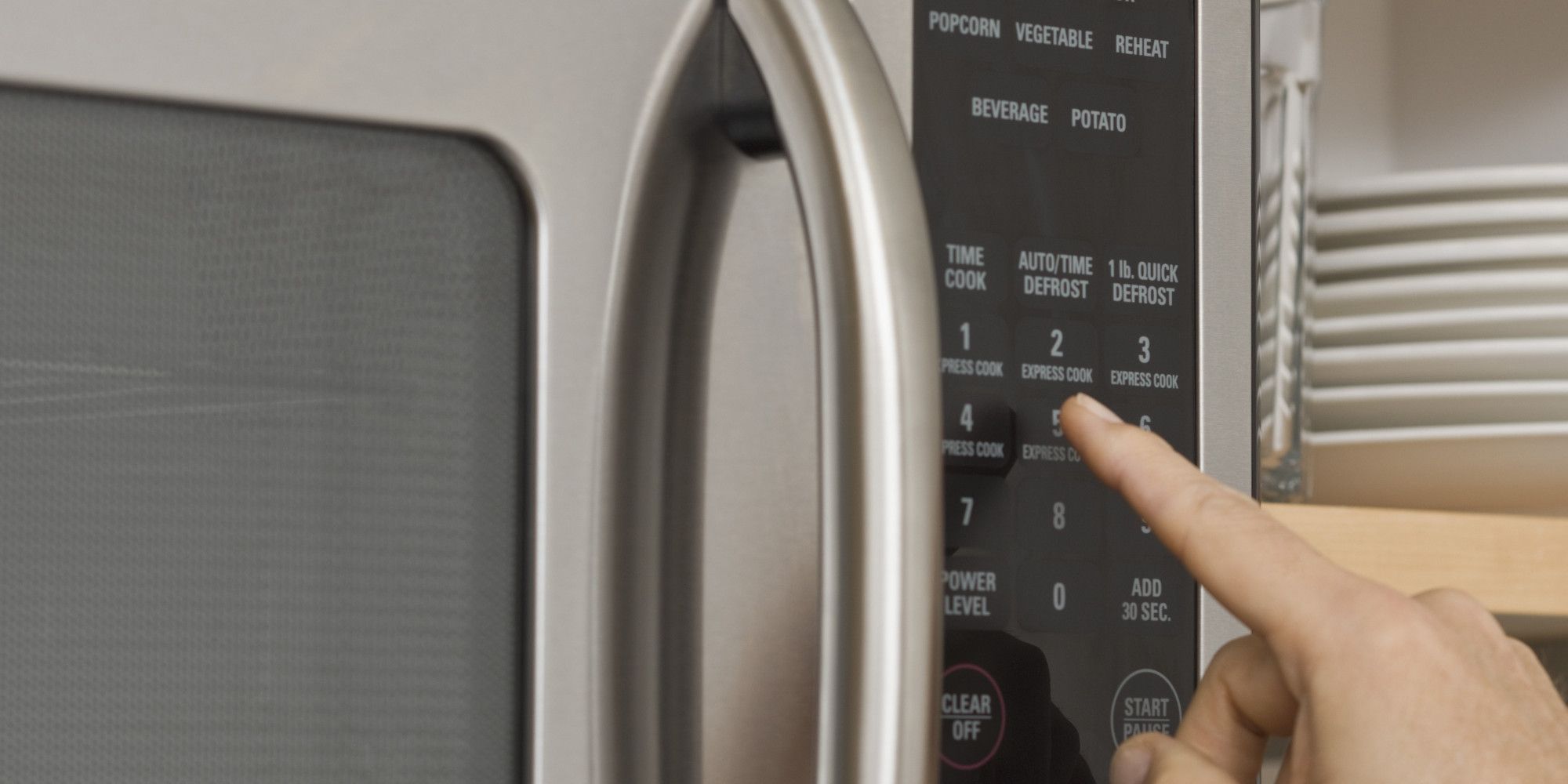
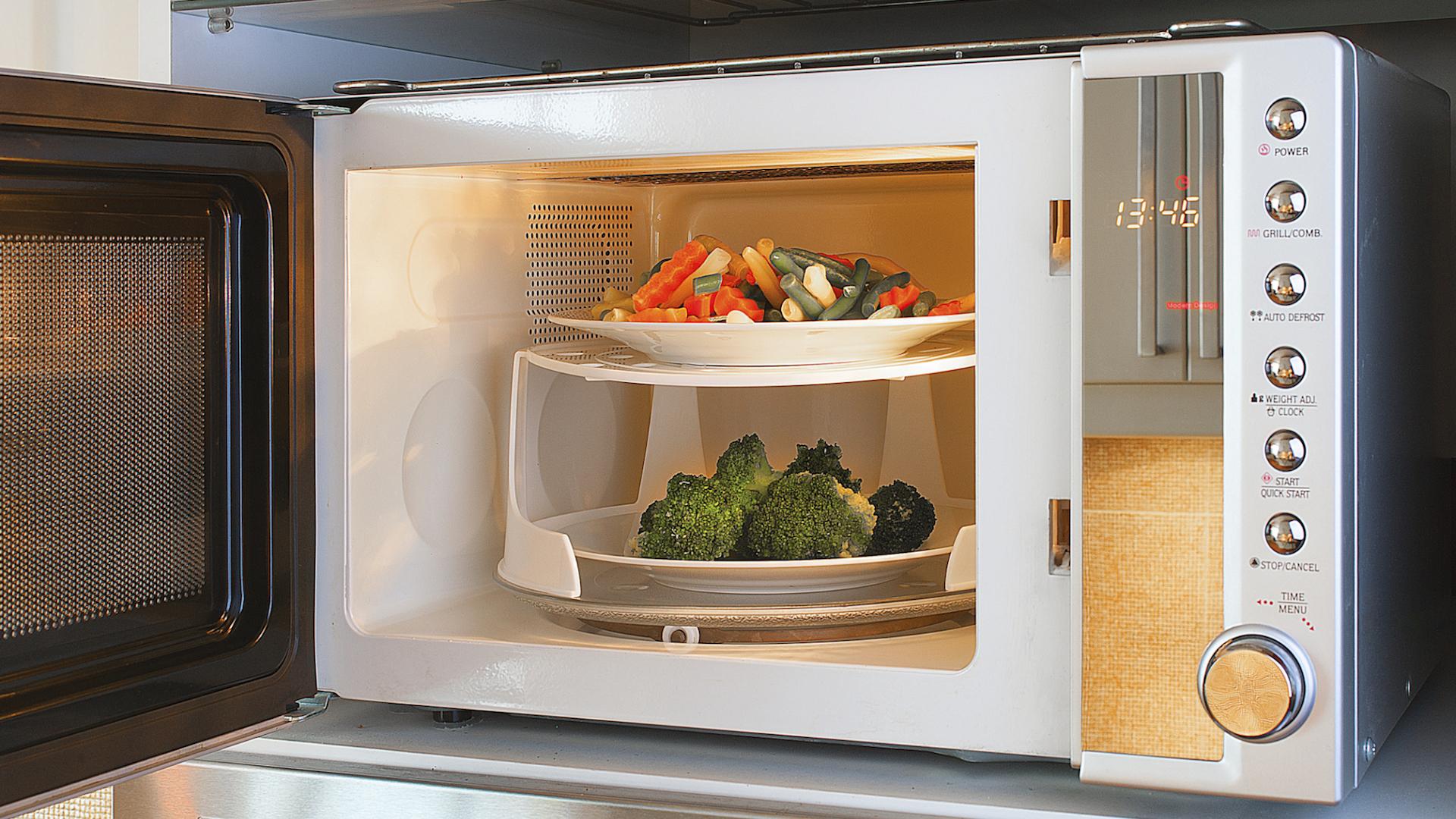

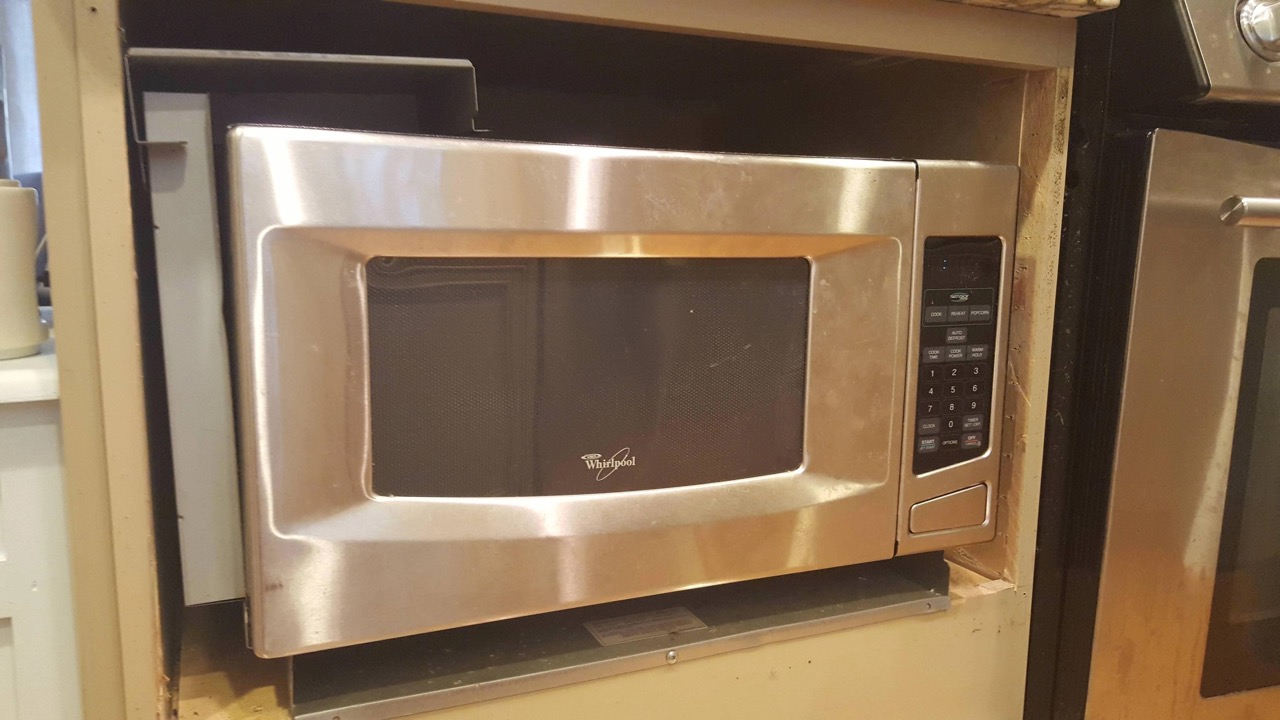
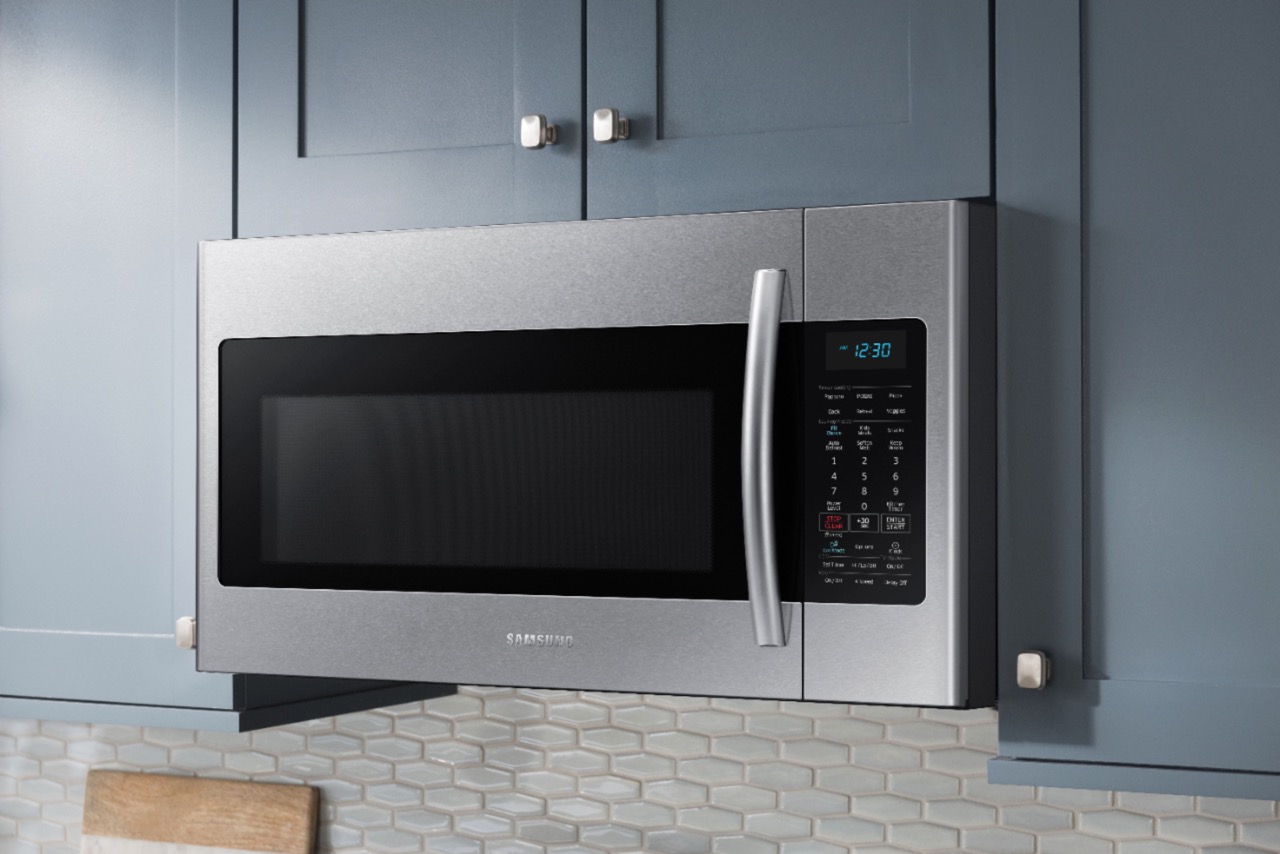
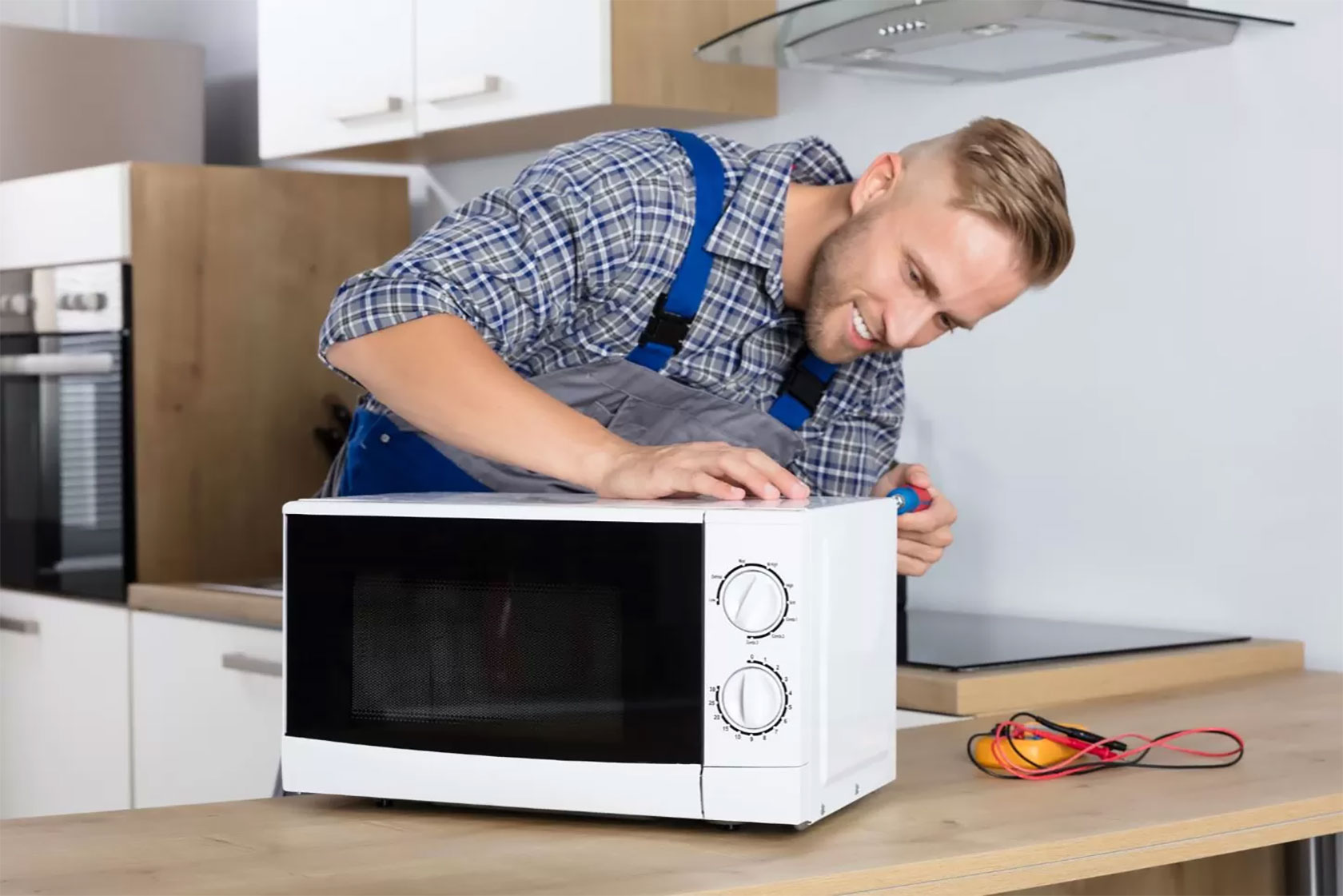
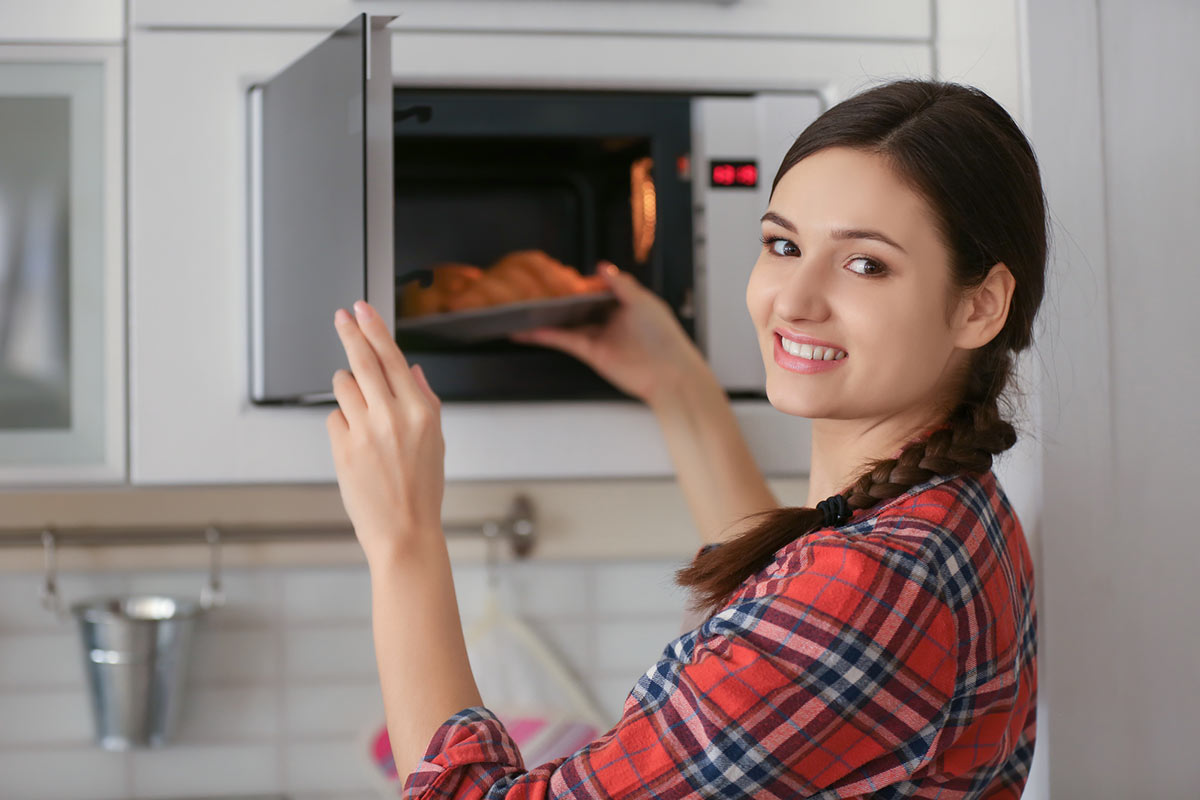
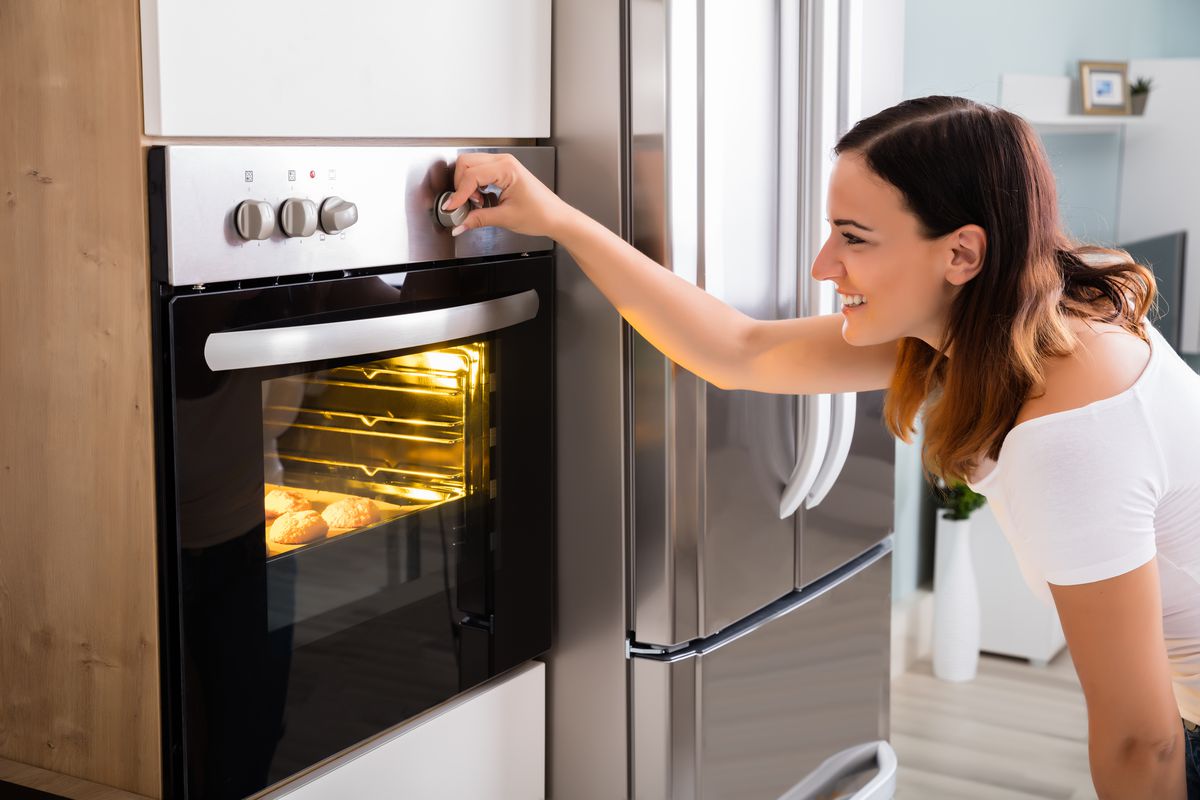
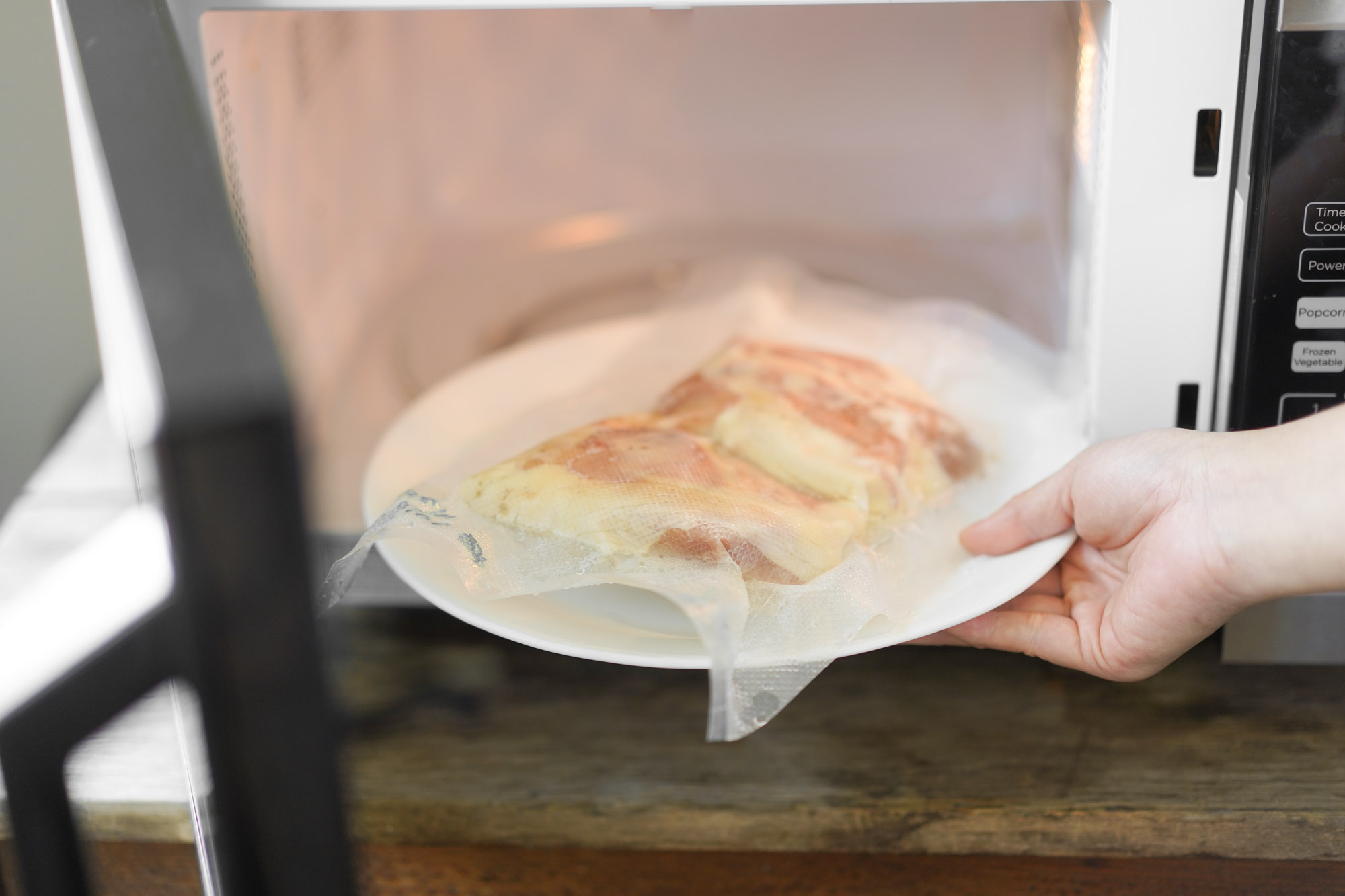
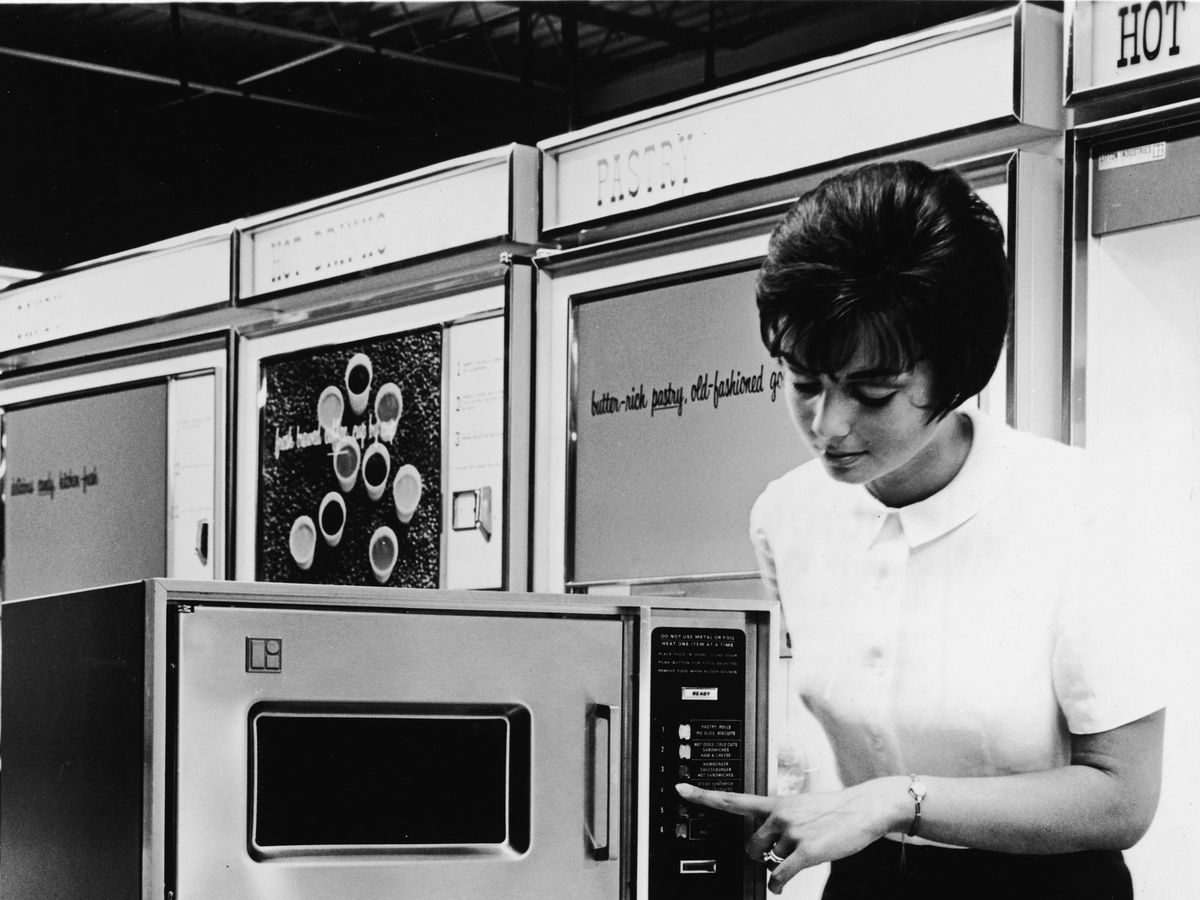

0 thoughts on “How To Make Dishes In Microwave Oven”